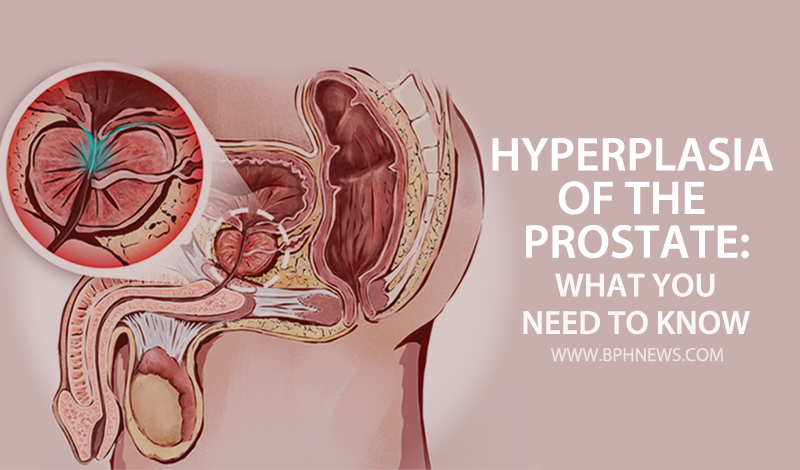Hyperplasia of the prostate is another name for the condition known as benign prostatic hyperplasia (BPH), prostatic hypertrophy, or an enlarged prostate. Hyperplasia of the prostate means that the walnut-shaped gland is abnormally swollen, affecting the male urinary and reproductive systems. According to the National Institutes of Health (NIH), the probability of suffering from BPH increases with age and it is thought that all men would suffer from it if they live long enough.
Despite the fact that it is non-cancerous and doesn’t threaten patients’ lives, hyperplasia of the prostate can cause discomfort and inconvenience to those who have it. The prostate gland has two lobes and is located below the bladder, about halfway between the rectum and the base of the penis. Its main function is to produce a fluid that is expelled with semen through the urethra during ejaculation. The prostate also surrounds the urethra, which is the tube that carries urine and semen out of the body, which is why the gland’s enlargement may squeeze or partly block the urethra.

